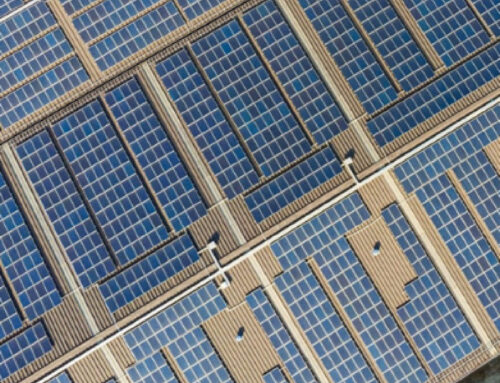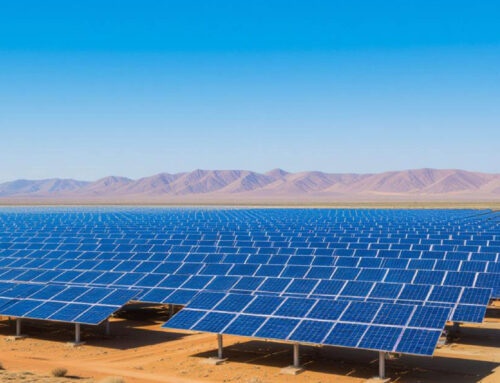
Summer in India makes you appreciate air conditioning. Temperatures in Delhi are well above 37 degrees Celsius during much of the day, and the cooling monsoon rains are still two months away. Unfortunately, just as everyone was turning up their air conditioners or the at least their ceiling fans, the energy supply in significant portions of the country failed due to the strain.
Regrettably, this is not an uncommon occurrence. It happens almost every summer and on other occasions when demand for electricity increases.
There’s no better proof that India’s electricity industry, which is dominated by coal-fired power plants and state-run utilities, is incapable of meeting demand. And the problem is only likely to get worse: India has been quickly electrifying in recent years, with peak power demand climbing at an annual rate of 8% to 10%.
The causes of successive power outages are nearly always the same. Three-quarters of India’s electricity is generated by thermal power plants. But they never seem to be able to get enough coal.
The generation companies are often unable to pay for coal shipments because they have not been paid by India’s unreliable energy distribution businesses. Because its miners are on strike or for other reasons, Coal India Ltd., the state-run behemoth that generates 80% of India’s coal supply, does not always deliver as much as promised.
Because Indian Railways cannot organize enough wagons or locomotives, coal is sometimes mined out of the ground but abandoned at the pithead. Protesters can cause disruptions in the vast national coal delivery chain. Some plants prefer imported coal, which isn’t always accessible or arrives late.
Whatever the cause, India, which is notoriously reliant on coal, now has coal-fired plants operating at 50 percent to 70 percent capacity even during peak demand. This, combined with low tariffs imposed by long-term power purchase agreements and persistently late payments, makes the entire industry unprofitable. Nobody wants to invest in the sector, which is understandable.
Ordinary Indians are suffering as a result. Last month, utilities in Gujarat’s industrial state were compelled to buy electricity on the spot market for three or four times the normal price, although local thermal power plants were only running at 45 percent capacity.
In India, popular opinion has long held that the country must continue to rely on coal since, unlike crude oil, we have vast reserves. We don’t want to be completely reliant on foreign energy, which is understandable. Macroeconomic stability is synonymous with energy security.
Nonetheless, India’s coal-fired fleet was not built to take advantage of homegrown coal. Many of these facilities were supposed to use Indonesian or even Australian coal when they were built a decade or more ago since such supplies were readily available, whereas India’s coal resources were harder to exploit.
Imported coal is now significantly more expensive, and supply is no longer assured. However, cheaper native coal isn’t always of the quality that many plants require; in 2017, India’s federal minister in charge complained that a third of the country’s coal-based capacity was imported. According to Stanford University economist Gireesh Shrimali’s analysis from 2020, almost the same proportion of these plants cost more to run than India’s Levelized cost of solar power.
As many observers have pointed out since then, the situation in India cries out for additional international investment to phase out coal, buy out current contracts, compensate affected populations, and transition to renewables. After all, India’s power outages occur when the temperature is at its greatest and the sun is blazing. (Existing solar power cells are indeed less efficient at high temperatures.)
India’s fatally inefficient thermal power plant network can no longer be relied upon. The government’s energy charts demonstrate how unsuitable it is for purpose. Domestic coal reserves are deep inland, even though effective modern plants are positioned along the beaches and near ports. Domestic coal will always be a challenge to get to modern power plants due to geography.
In contrast to China, India has pulled back its intentions to increase its coal fleet. There are concerns that the current crisis will create a minor reversal in these plans, resulting in the commissioning of new facilities. But that is not going to solve the structural issue.
Indians must examine our reliance on coal-fired electricity with a critical eye. Far from being inexpensive and dependable, it is all too often more expensive than it should be and unavailable when we need it most. Whatever else coal may offer India, it does not deliver energy security.
Click Here for more updates ornatesolar.com
Resource: Economic Times









Leave A Comment